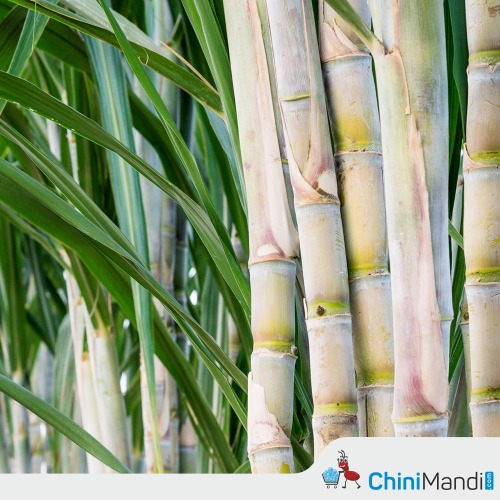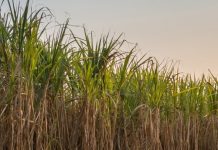The completion of the first comprehensive reference genome for ‘R570’, a widely cultivated modern sugarcane hybrid, marks a significant milestone in agricultural biotechnology. Sugarcane, which contributes $2.2 billion to the Australian economy and constitutes 80 percent of the global sugar supply, has now had its genetic blueprint mapped. This breakthrough offers new opportunities to enhance breeding programs worldwide for this valuable bioenergy and food crop.
Despite being one of the last major crops to undergo full sequencing, sugarcane’s genome has been decoded, overcoming its complexity—nearly three times the size of the human genome, with over 100 chromosomes. This achievement signals a new era in sugarcane breeding, driven by an international research consortium that includes Australia’s national science agency CSIRO, The University of Queensland (UQ), and Sugar Research Australia.
Principal Investigator and CSIRO Research Scientist Dr Karen Aitken said the breakthrough addresses the critical challenge of stagnating sugar yields by tapping into the previously inaccessible genetic information in the sugarcane genome.
“This is a major step forward for sugarcane research and will improve our understanding of complex traits like yield and adaption to diverse environmental conditions as well as disease resistance,” Dr Aitken said.
“This is the first high quality sugarcane variety genome to be completed. It represents a significant scientific achievement from 10 years of collaborative effort from scientists across the world,” he further added.
Professor Robert Henry, co-author and UQ Professor of Innovation in Agriculture, aims to leverage the genome to develop sugarcane as a better raw material for renewable carbon products, particularly sustainable aviation fuel, as part of efforts to achieve net zero emissions.
Dr. Nathalie Piperidis, a cytogeneticist from Sugar Research Australia, highlighted the significance of the completed genome sequence in boosting the global sugarcane community, particularly molecular breeding efforts. The open access to the sequence via the Department of Energy’s Joint Genome Institute’s Plant Comparative Genomics portal provides the broader plant science community with tools to access, visualize, and analyze the sugarcane genome, facilitating further research and advancements in sugarcane breeding and product development.












